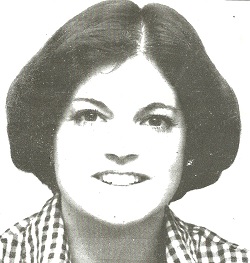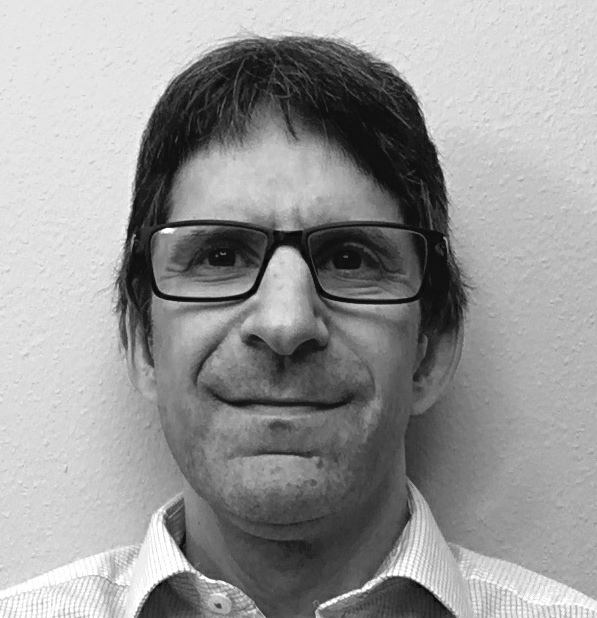One Is the Loneliest Number
/By Ann Marie Gaudon, PNN Columnist
Part of what makes pain "painful" is the feeling of being misunderstood and the feeling of aloneness.
"Nothing is quite so isolating, as the knowledge that when one hurts, nobody else feels the pain,” Robert Murphy wrote in his memoir, “The Body Silent: The Different World of the Disabled.”
When you combine a sufferer who sees only pain with someone who can't see it at all, a barrier often springs between the two. Pain causes this barrier because it inverts our typical perspective. No longer able to reach out to others for work or leisure, pain patients turn inward and life becomes about self-protection. Something is wrong inside of us, so we must tend to it and ensure it doesn't get any worse. This is an evolutionary response for survival; it’s instinctive and quite normal under these circumstances.
Once patients are constrained in their daily activities, a large part of their social world and the emotional health that depends on it can quickly deteriorate. Relationships are arguably the largest part of what makes life worth living. In contemporary Western society, our self-confidence and identity arise from social interactions.
But as chronic pain sufferers’ lives become more restricted and limited, they frequently experience an erosion of their former self-image without the simultaneous development of a new one.
For example, I have heard: “I was a nurse, a mother, a wife, a friend, a daughter, and a sister, but now all of that is gone and I am alone in a cage with my pain.”
When isolated and in pain, our mind can become our worst enemy. The collapse of one’s social world can result in feelings of anxiety, emptiness, loneliness, anger, sadness, grief, guilt and low self-worth.
All of this psychological stress (aka “dirty pain”) is a response to your physical pain (aka “clean pain”).
Stress is a complex cascade of physical and biochemical responses to strong emotional stimuli. Emotions are electrical, chemical and hormonal discharges of the human nervous system. When not processed in a healthy manner, they can generate or increase pain and illness.
People can and do help themselves. Some join groups. If possible, join a walking group for exercise. If you don’t like walking, join another. The point is not so much what the group is doing, but rather that you are in a social situation.
Online forums are another way that people connect, especially if one is mainly housebound. Online communication can help you feel not so alone with your pain.
Maybe it’s possible for you to open up your home to low-maintenance company. Host a popcorn and movie night, or it could be cards or board games. You do the choosing, including when it begins and ends. Start with a single and simple event to prevent over-exertion and see where it leads.
Remember, what’s important is that you are building and maintaining relationships. To the extent that it’s possible, stick with those who support you. This could mean family, friends or even a support group for your condition, which can be a platform to form meaningful relationships with people who understand you. By listening to each other, you both know that you are heard and that you are not alone.
Some folks make their pain more communicable and thus sharable through pictures, artwork or expressive writing. Oftentimes this helps to bring barriers down to help others understand how you are feeling. There are no rules, you choose your form of expression.
Finally, realize that it is not your fault that you live in a pained body. Adding self-blame to your list of challenges will only make things worse for yourself. Learn to ask for help when you need it. Asking for help is never a weakness but is an act of self-compassion. I work extensively with clients on self-compassion, most of whom are quite naïve about it. If beating yourself up were the way to better health, wouldn’t you be the healthiest person on the planet by now?
I also work with people to get realistic about their life and expectations. What can stay? What can go gracefully to make room for new ways of being?
People aren’t broken, they’re just stuck. It’s not always easy, but with new learning, adaptations and support, people also become unstuck.
Ann Marie Gaudon is a registered social worker and psychotherapist in the Waterloo region of Ontario, Canada with a specialty in chronic pain management. She has been a chronic pain patient for 33 years and works part-time as her health allows. For more information about Ann Marie's counseling services, visit her website.
The information in this column should not be considered as professional medical advice, diagnosis or treatment. It is for informational purposes only and represents the author’s opinions alone. It does not inherently express or reflect the views, opinions and/or positions of Pain News Network.




































